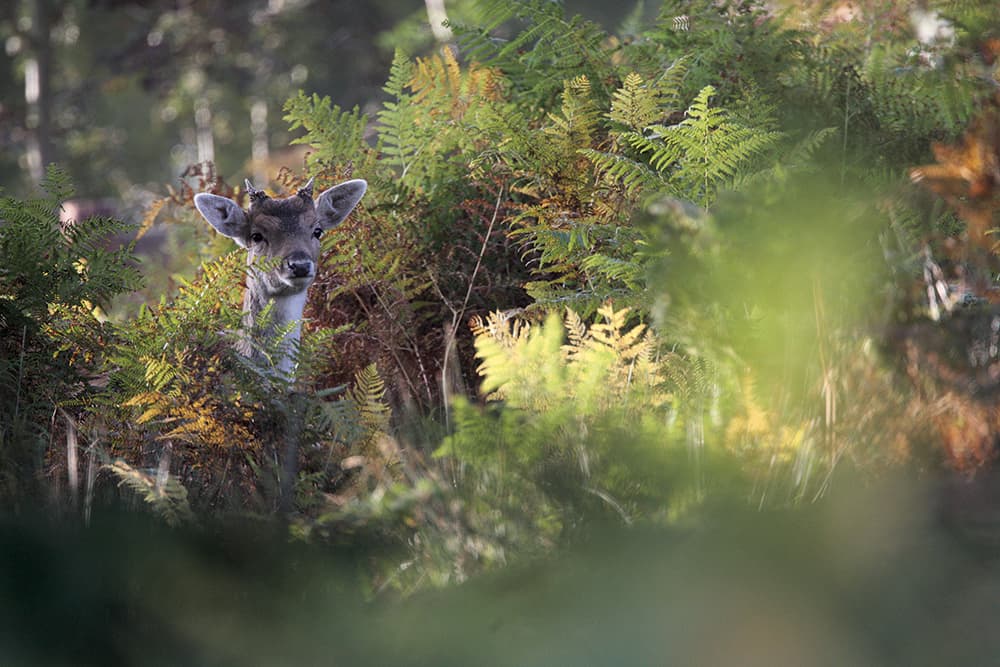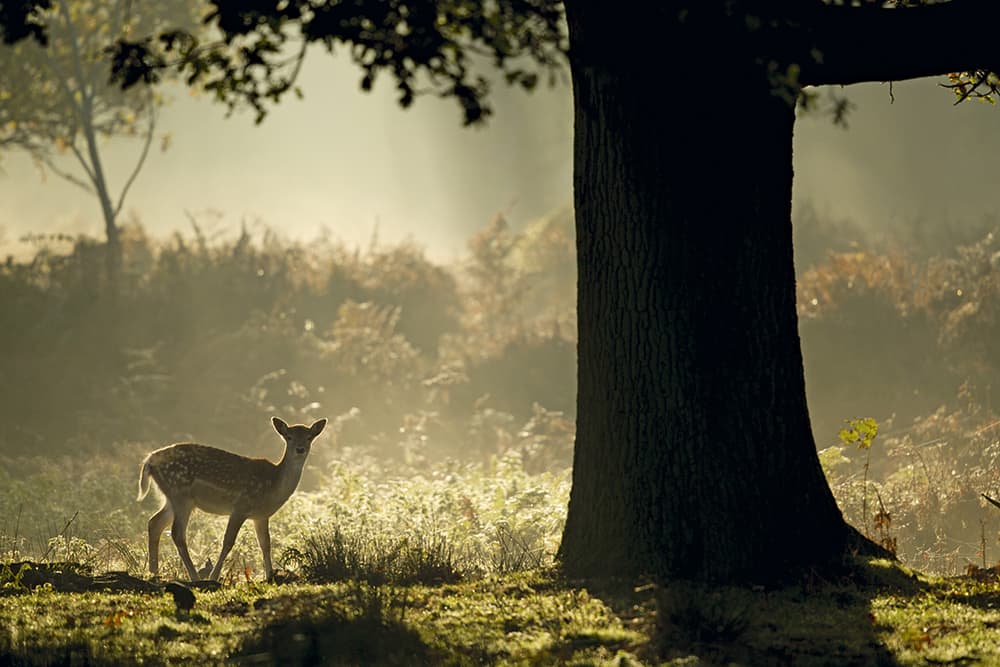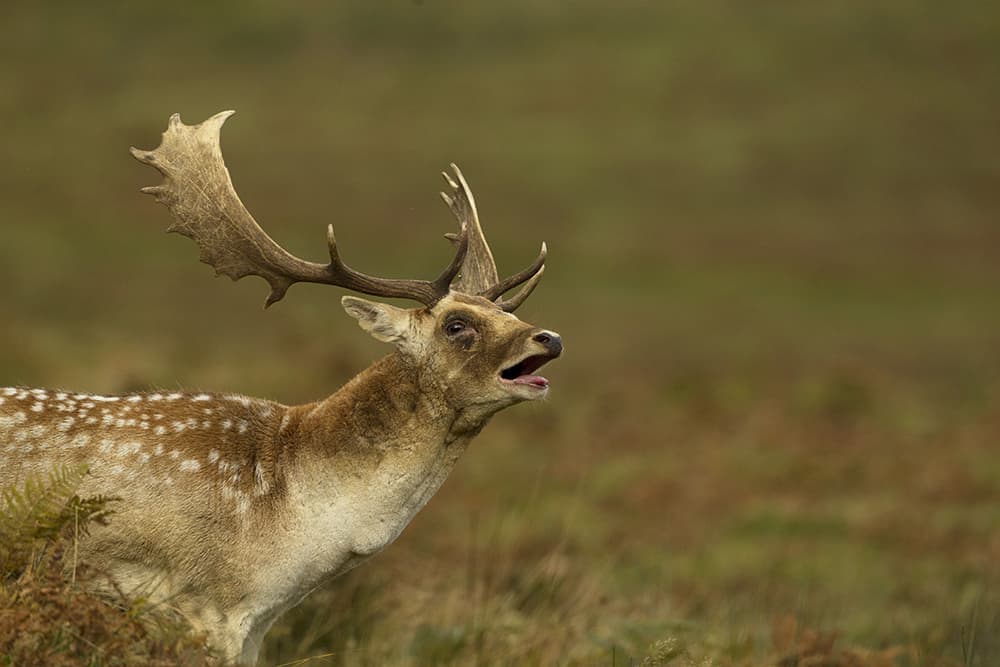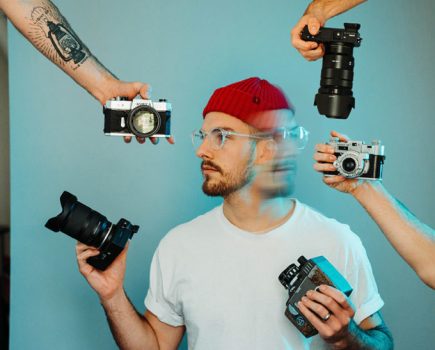About the fallow deer
Fallow deer are one of a number of deer species found in Britain. They are more southerly based than red deer and are herd deer. The bucks have spatulate antlers that they grow throughout the summer in preparation for the rut in autumn.
- Location Widespread across England and Wales, with their presence starting to get patchier in Scotland.
- Size Adult males can weigh up to 96kg, while females are quite a bit smaller at 56kg.
- Nesting Fallow deer make use of open spaces only once dark, with their peak activity at dawn and dusk. Daytime is spent ‘lying up’, where they lie down to ruminate.
- Diet These deer are grazing animals and browse grass and trees, having a particular love of acorns and sweet chestnuts.
- Population There are estimated to be around 100,000 fallow deer across the UK.
The ancestors of the fallow deer we see today date back to the 11th century, during the time William the Conqueror who kept these animals ‘for the chase’. Many of our royal forests were created to preserve these deer. During the past 500 years, fallow deer have been bred as living ornaments to adorn large Capability Brown-inspired estates and we now have white and black as well as the normal fawn-coloured deer in many parks.
Habitat
There are a number of deer parks around England and a quick search on the web should show you where the nearest one is to you. Fallow deer rut in September and October, and it is during this time that the best images can be created. Each buck, with its spatulate antlers, defends a small area called a stand. Here it will parade, bark at and chase or fight any rival males.
Dawn is the best time to encounter this behaviour, but I suggest you walk the area a few days before you photograph. Learn where the deer are and perfect your stalking skills. Then, on your chosen day (ones with clear sky and cold air are best), arrive before dawn and get into position as the sun rises above the skyline.

You don’t always need to show the whole animal. Here, the head among the bracken gives a sense of the hidden world of the buck
Shooting advice
Slow and cautious
Fallow deer living in parks are used to encountering people, but don’t become over-confident. A slow, cautious approach is always best. Watch and learn how the deer react as you move in closer. Keep your camera out, on its tripod and work in at an oblique angle while keeping an eye on the deer. If they begin to look nervous and keep staring at you, back off a bit.
Once you are in position, kneeling down can help increase the deer’s confidence – this is where a warm pair of waterproof trousers comes in very handy. Wind direction should be considered, but often you have no choice as there might be only one direction you can approach from and the deer should be able to see you at all times. Remember these deer are used to seeing and smelling people. Full head-to- toe camo gear and creeping through the bracken are a bit over the top in a well-walked park.

Dawn light is great for backlighting your subject
Focal length
If you are approaching a stand, keep back rather than march in. The best lens is the biggest – I would recommend a minimum focal length of 300mm and, if possible, use a converter. Always keep space around the deer in your image, as things can change fast. If you see another buck approaching, anticipate a fight so leave space for two deer comfortably within your framing.
You also need to choose your position. Do you want front-lit shots in lovely light or backlit images showing the steam from their breath at dawn? If you choose backlit moody images, then try underexposing by a stop or two and turn up the white balance to saturate the lovely dawn light. Always be aware of your ISO, speed and f-stop. As a rule, I always shoot wide open. If you are working on a fight sequence make sure that the speed is high – say, around 1/500sec or faster.

Tight framing can emphasise key moments of the rut, such as the roaring of a buck
Kit list
Waterproof trousers
Warm waterproof trousers with knee and bottom pads are ideal. The ground will probably be damp and these allow you to kneel or sit without the cold and wet affecting you.
Teleconverter
A 1.4x or 1.7x teleconverter will give your big lens much more reach, which means you don’t need to get so close and risk frightening the deer off.
After more than 20 years working as an environmental-science lecturer, Paul Hobson took up wildlife photography full time. He enjoys travelling, but definitely prefers working in the UK – the demands on the photographer are harder, but the rewards are greater. www.paulhobson.co.uk








